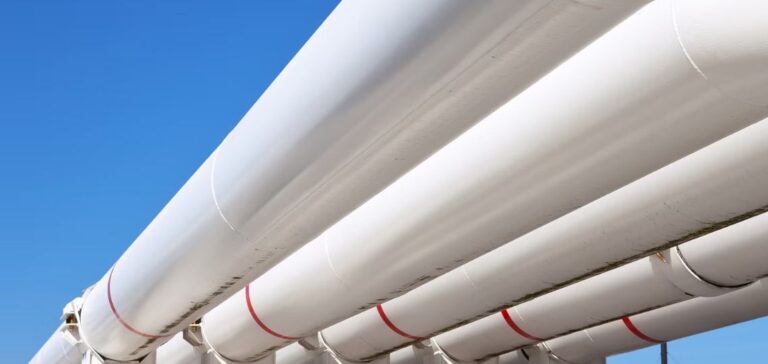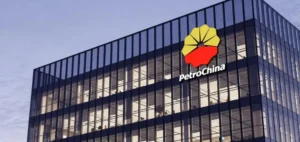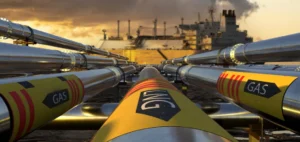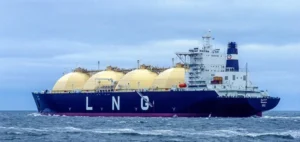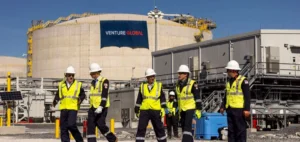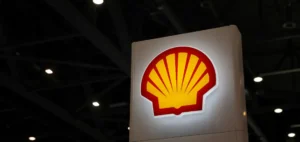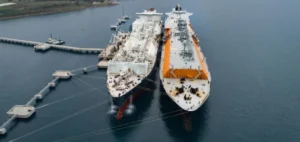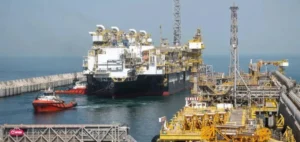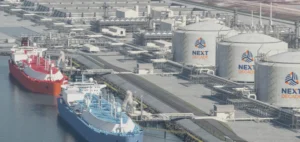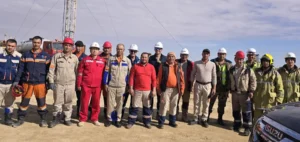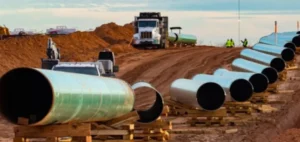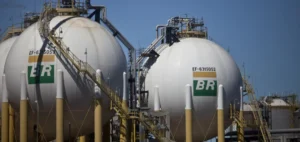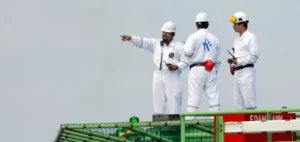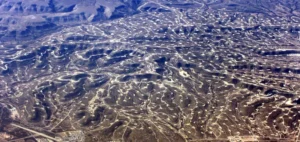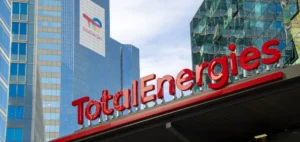Gas prices in Europe are on the rise, fueled by historically low storage levels and growing demand in anticipation of the next winter. According to the Aggregated Gas Storage Inventory (AGSI) platform, European Union (EU) gas reserves were at 51% capacity as of February 5, 2025, compared to 68% at the same time in 2024.
A decline in reserves driven by multiple factors
The drop in storage levels is due to a combination of factors. The termination of Russian gas transit through Ukraine, which took effect on January 1, 2025, has reduced available supply across the continent. Additionally, colder-than-usual weather and weak wind energy production in the last quarter of 2024 forced European nations to draw more from their reserves.
These conditions have increased Europe’s reliance on liquefied natural gas (LNG) imports. However, with sustained demand from Asia, suppliers are imposing a premium on European shipments, making purchases more expensive.
Upward pressure on markets
The necessity of replenishing reserves before next winter is pushing market players to secure gas supplies now, despite high prices. The International Energy Agency (IEA) emphasizes that, to reach the EU’s target of 90% storage capacity by November 1, 2025, European nations will need to ramp up their purchases compared to the summers of 2023 and 2024.
This anticipation is further supporting gas price increases. On Friday morning, the Dutch TTF futures contract, the European benchmark, traded at €55.10 per megawatt-hour (MWh), up 1.37%. The previous day, it had reached €55.45 per MWh, its highest level since October 2023.
Uncertainty in the coming months
Weather forecasts are adding to market volatility. A cold snap expected in Europe next week could further strain the market. Meanwhile, geopolitical tensions surrounding oil, particularly the threat of strengthened sanctions on Iran, may indirectly impact energy supply dynamics.
Given these conditions, market participants are closely monitoring global LNG flows and European stockpiling strategies. The trajectory of gas prices in the coming months will largely depend on Europe’s ability to secure sufficient volumes ahead of the next heating season.


